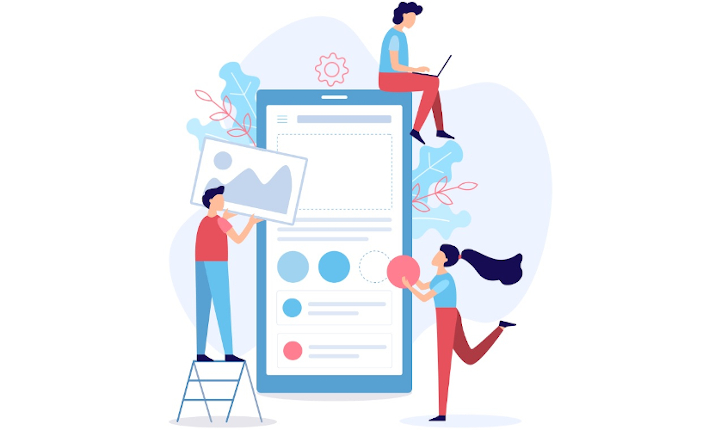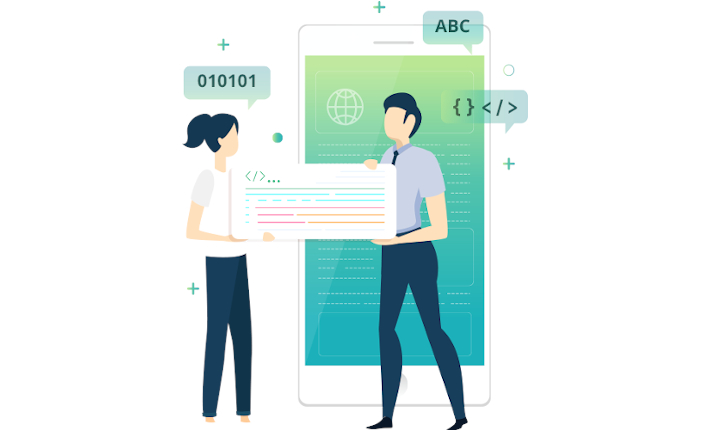Makeen Technologies | Latest mobile app development trends
This is a guest blog by Makeen Technologies from the U.S. with their thoughts on cloud computing, user engagement, wearable tech, mobile payments, in-app marketing, app security and HTML5. With their thoughts on the future; “Developers are shifting toward a future governed by user experience, mobile payment, and hybrid technologies that reach across platforms. Current and future app development will be in part tested by its ability to incorporate cloud computing, m-commerce, and mobile advertising into its arsenal. While you may not be able to include these trends into your current development alone, you can find the right team to implement them for you.” Makeen Technologies is a leading global provider of end-to-end technology solutions.
A guest blog that might enable hospitality entrepreneurs to stay up-to-date with the latest trends in the mobile landscape.
A guestblog by Makeen Technologies
Mobile devices have emerged as one of the most essential features of modern living. We use them to order food, shop, ride share, and entertain. They play a crucial part in managing our tasks, keeping us informed, and communicating in all kinds of ways. Likewise, mobile development—creating new tools and capacities never before imagined—moves quickly. More specifically, apps enable smartphones and tablets to take on new powers everyday as their progress never seems to stall. This makes staying up-to-date with the latest trends in mobile app development both difficult and necessary. Here, we outline some of the top trends in app development to keep you aware of the pace of the mobile landscape.
-
Cloud Computing
Cloud computing is experiencing a boom, and it’s certainly expected that it will take a critical role in shaping the future of mobile app and web app creation. Since many users of mobile technology are not chained to a single device, app developers are focused on bringing their data, documents, and capabilities to multiple devices at once through cloud synchronization.
-
App Security
Users are concerned with the safety of their devices and data as well as with safeguarding themselves from attackers and hackers. While an estimated 75% of mobile apps cannot pass basic security tests, attackers continue to exploit these applications. Developers are taking security concerns far more seriously than they have in the past to assure consumers of secure data storage, tight integration, and multi-factor authentication.
-
Wearable Tech
Wearable technologies are a hot topic in consumer electronics. Many of these developed devices have focused on fitness and health, but in the future they will also expand their use for efficiency, productivity, and mobile payment. The fashion industry is already exploring the adoption of wearable tech, and it’s encouraging that app development has again moved to synchronize with these devices seamlessly.
-
Mobile Payments
It’s estimated that almost 20% of sales are completed on a smartphone or tablet. This growth is sure to continue as users adapt to mobile commerce, but the transfer of money using a mobile device has already become something of a standard requirement in customers lives. Application developers are therefore moving toward app design that processes payments without cash or card.
-
User Experience
As the usage of smartphones, tablets, and wearable tech increases day over day, the experience of the user grows in importance. That’s why data analytics of app usage are coming in to help developers position advertisements and process payments just right. Mobile app development can, then, no longer be so simply separated from analytics which results in more efficient improvements in user experience. Firms may even use machine learning or deep learning to mine these analytics for insights.
-
In-app Marketing
The spend of large enterprises on in-app advertising and marketing is expected to double many times over. These ads—no longer just banners and text—come in many formats. And, monetization means that these advertisements will continue to shift in form until a synthesis between user experience and effective ad spend is reached. (Social media is certainly a part of the story when it comes to changing advertising for mobile apps.)
-
User Engagement
It used to be the case that mobile app developers and marketers were focused solely on downloads to grab maximum attention. Instead, user engagement has taken the reigns, and now developers of mobile applications are realizing that each user engagement is useful. In particular, organic users (rather than paid channel users) show more engagement and loyalty, making developers change their tune toward paid channels.
-
HTML 5
As the technology of HTML 5 continues to shine, enterprises and developers are adopting a hybrid approach to the creation and maintenance of mobile apps. Rather than relying on native tools, the use of these hybrid frameworks allows developers to build apps and focus on multiple platforms and app stores at once, gaining a larger user base from the start. More and more developers and those wishing to create an app will pay attention to these hybrid technologies in the future of design and development.
Website: Makeen Technologies


















